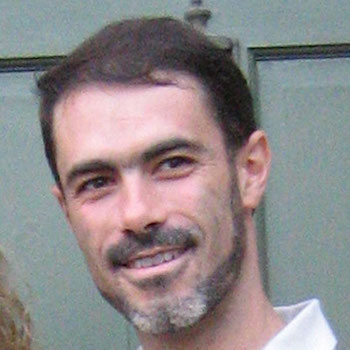Location
2431 Climate & Space Research Building
2455 Hayward Street
Ann Arbor, MI 48109-2143
Phone
Primary Website
Related links
Education
- 1995 – “Laurea” degree, University of Florence, Italy
- 1998 – Ph.D., University of Florence, Italy
Research Interests
My research is devoted to understand the nature, variability and activity of the solar corona, and its effects on the Heliosphere and on Earth. Since this topic is broad, my research spans across several different fields, and focuses on:
- building diagnostic tools (atomic physics);
- inventing new analysis techniques (high- and low-resolution spectroscopy, in-situ charge state composition); and
- applying my tools and methods to understand the Sun, its variability, and its activity:
- coronal heating;
- solar flares;
- coronal mass ejections;
- solar irradiance;
- solar wind;
- solar chemical composition;
- and so on….
- Solar physics (transition region, corona, solar wind, coronal mass ejections, flares, abundances etc)
- X-ray, EUV, UV spectroscopy
- Spectral codes
- Spectroscopic diagnostic techniques
- Atomic physics
Biography
The thing I like of this job is that you do not know today what you are going to work on tomorrow. Scientific research is about creating, discovering, inventing and, most of all, re-inventing yourself.
Awards
- 2014 UM Research Faculty Achievement Award
- 2012 UM/CoE Kenneth M. Reese Outstanding Research Scientist Award
- 2010 UK Royal Astronomical Society – Group Achievement Award for Geophysics
- 2007 NASA Group Achievement Award
